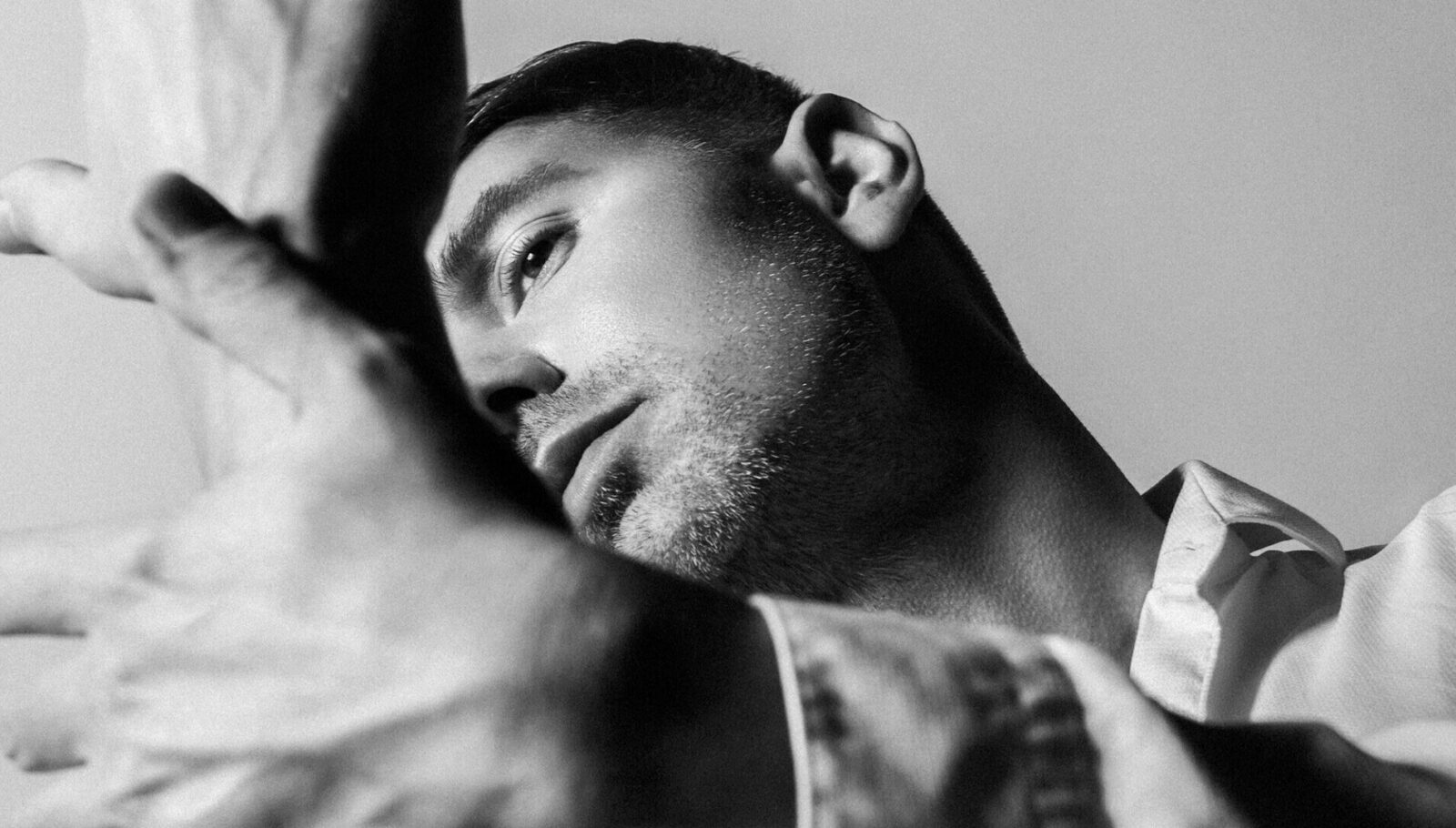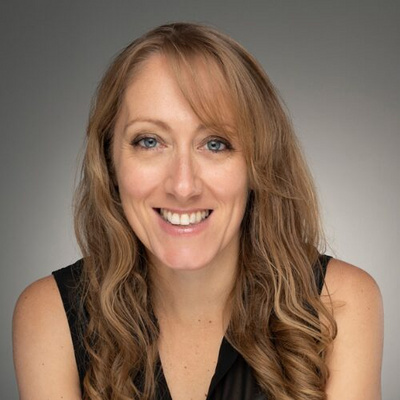Bence Vági: Building Immersive Worlds Through Circus and Dance

Some artists push boundaries. Bence Vági erases them. From fusing ballet and circus in the early days of Recirquel Company Budapest to creating some of the most ambitious immersive works in Europe, his career is a study in reimagining what live performance can be. What began as a small troupe blending disciplines has grown into an international company of 35 artists—each trained not just to perform tricks, but to move, breathe, and tell stories through a shared language of Cirque Danse.
In our conversation, Bence opens up about building that language from the ground up, shaping large-scale works like Walk My World—a sprawling 6,500 m² mythological installation—and why the future of circus isn’t just about spectacle, but intimacy, craft, and courage. He also reflects on the power of long-term artistic investment and how technology should serve, not overshadow, the magic of theatre.
This is a story about vision, transformation, and daring to create worlds no one has walked through before. Full episode drops next week—stay tuned.
How did Recirquel Company come into existence and what inspired the fusion of dance and circus?
Bence Vági explains that the seed for Recirquel Company Budapest was planted long before the company was officially founded in 2012. Coming from a modern and classical dance background, he always had a fascination with physical objects as extensions of movement—treating chairs, props, and space like circus apparatus.
His artistic turning point came after seeing NoFit State Circus at Edinburgh Festival Fringe, where contemporary dance, circus, and live music intersected in a way he hadn’t experienced before. Returning to Hungary, he discovered the national acrobat school and began collaborating with 12 artists, creating their first show—aptly named Recirquel—for Sziget Festival.
From the start, he required all circus artists to take daily ballet and contemporary dance classes, embedding dance into the DNA of the company. Over time, this approach evolved into what he calls Cirque Danse, where the line between acrobatics and choreography is intentionally blurred.
How does Recirquel train and shape its artists into this hybrid discipline?
Bence Vági is candid about the demanding nature of this approach. Transforming a body trained in a specific circus discipline to also embody dance requires years of training and openness. Some artists thrived in this environment; others moved on when it wasn’t the right fit.
Today, the company has grown to 35 performers who undergo an integrated training program including ballet, contact improvisation, and contemporary dance. For Recirquel, it’s not about short contracts—it’s about investing in artists for years, nurturing their growth, and developing a shared language between art forms.
This hybrid approach also pushes circus into new artistic spaces, challenging how performers think about their bodies, presence, and storytelling beyond tricks.
What is the creative process behind Recirquel’s shows, and how did it lead to Walk My World?
Each new work emerges from deep, reflective research. Bence Vági describes the creative journey as a series of novels, where each show—Non Solus, Solus Amor, IMA, Paradisum—builds upon the previous one. He often retreats to deserts, spaces of vast emptiness, to listen to ideas and let themes surface organically.
Walk My World, premiering this year, is the culmination of years of dreaming and planning. It will be one of the largest immersive shows in the world, set in a 6,500 m² industrial space with 40 installations and 100 collaborators. The mythological narrative is inspired by The Aeneid, following Aeneas and Dido through two cities—Troy and Carthage—divided by a labyrinth.
How will audiences experience this new immersive world?
Unlike traditional seated performances, Walk My World invites up to 400 audience members per night to explore freely. Visitors can follow a single character or roam from scene to scene at their own pace, encountering live circus, dance, and mythological storytelling.
The show is meticulously designed to balance immersive proximity with safety. Artists will perform aerial sequences, parkour, and acrobatics mere meters away from the audience. Years of immersive practice have built the company’s safety protocols—protecting both performers and guests.
What qualities does Recirquel look for in artists and how does technology fit into their vision?
Company Culture and Recruitment
Bence Vági emphasizes personality as much as talent. Recirquel seeks artists with technical excellence and humility—performers who can collaborate, listen, and engage intellectually with their roles. Psychological balance and egolessness are essential for long-term ensemble work.
The company has grown slowly and intentionally over 14 years, developing strong rehearsal protocols, safety systems, and artistic cohesion.
Technology and Theatrical Magic
While Recirquel uses advanced automation, such as custom-built winches developed over a decade with their technical director, Bence is committed to theatre’s tactile magic. Simple elements—like fabric, smoke, or tiny holes in a tent—become powerful illusions.
In their show IMA, thousands of pinholes and synchronized flying lamps create a sensation of floating through the universe. In Paradisum, a single piece of fabric becomes a serpent, a cave, or a mountain through clever manipulation and lighting.
Key Takeaways
Editor's Note: At StageLync, an international platform for the performing arts, we celebrate the diversity of our writers' backgrounds. We recognize and support their choice to use either American or British English in their articles, respecting their individual preferences and origins. This policy allows us to embrace a wide range of linguistic expressions, enriching our content and reflecting the global nature of our community.
🎧 Join us on the StageLync Podcast for inspiring stories from the world of performing arts! Tune in to hear from the creative minds who bring magic to life, both onstage and behind the scenes. 🎙️ 👉 Listen now!
